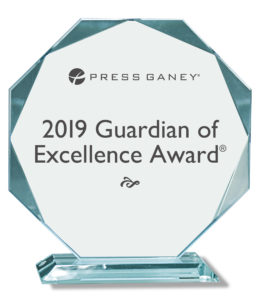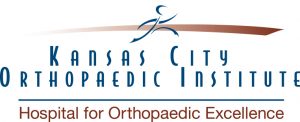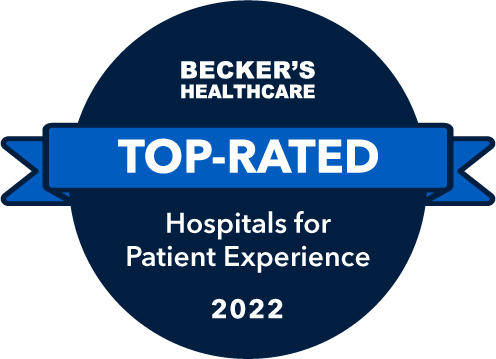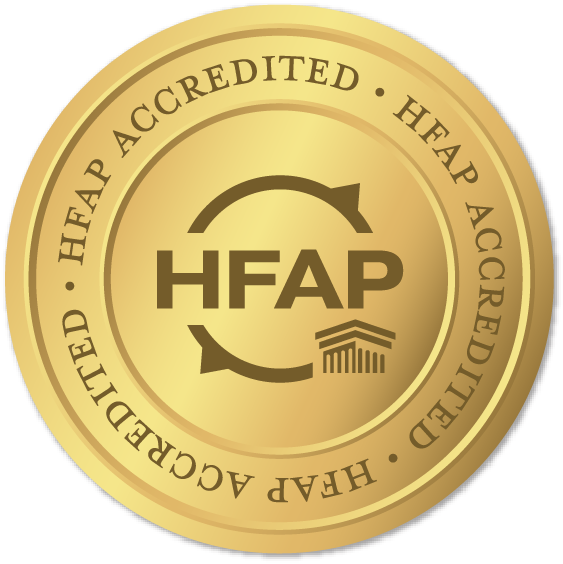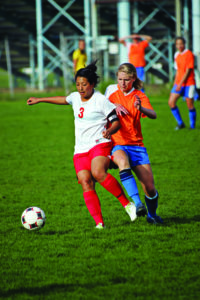
Some of the most common injuries involving youth soccer players occur to the
foot and ankle. Common foot and ankle injuries that adolescent soccer players
may incur include ankle sprains, heel pain secondary to inflammation of the
growth plate (Sever’s Disease), and fractures/stress reactions involving the
foot and ankle bones.
Ankle sprains occur when the ligaments that support the
ankle stretch or tear and can range in severity from mild to severe depending on
how much damage and tearing there is to the ligaments. Most ankle sprains are
lateral ankle injuries that are often minor in severity and can heal on their
own with rest and home treatments. The length of time that an athlete may be
out of action can vary from a few days to 4-6 weeks. A majority of ankle
sprains occur when the foot turns inward (i.e., “rolling” the ankle), damaging
the supporting ligaments on the outside/lateral aspect of the ankle. Everyone
that sustains an ankle sprain can benefit from instruction in an exercise
program to promote optimal recovery and restoration of stability, which can
reciprocally decrease the likelihood you will re-injury. When there is injury
to the ligaments that support the bones, nerves within the ligamentous tissue
that help with balance that are within ligaments are also affected which
increases the likelihood that you may sustain future ankle sprains. The best
way to minimize your ankle sprain from becoming a chronic issue is to perform
exercises that help to strengthen the muscles around the ankle and improve your
balance on the injured leg. Repeated ankle sprains can lead to long term
problems, including chronic ankle pain, arthritis, and ongoing instability.
A high ankle sprain is a more severe form of injury and occurs when the ligaments
and strong connective tissue, called the syndesmosis, between the two lower leg
bones are torn and injured during a twisting movement. The recovery from a high
ankle sprain is typically much longer than a lateral ankle sprain.
Sever’s
disease, also known as calcaneal apophysitis, is one of the most common causes
of heel pain in growing children and adolescents. It is inflammation of the
growth center in the heel (calcaneus) bone where the Achilles tendon attaches.
When a child becomes fully grown; the growth plates close and are replaced by
solid bone. Until this occurs, the growth plates are weaker than the
surrounding tendons and ligaments and are vulnerable to stress. Sever’s disease
is caused by repetitive stress to the heel and most often occurs during growth
spurts, when bones, muscles, tendons, and other structures are changing
rapidly. Sever’s disease affects the part of the growth plate at the back of
the heel where bone growth occurs. This growth area serves as the attachment
point for the Achilles tendon, where the calf muscles attach to the back of the
heel bone. Children and adolescents who participate in activities that involve
running and jumping are at increased risk for this condition, particularly when
an element of calf muscle tightness is present. Additional stress from the
pulling of the Achilles tendon at its attachment point can sometimes further
irritate the heel. In most cases of Sever’s disease, rest combined with
over-the-counter medication, change in footwear, and physical therapy that
consists of stretching and strengthening exercises will relieve the symptoms and
allow a return to activities with resolution of symptoms.
Injuries such as
fractures resulting from significant force and direct trauma to the bones of the
foot and ankle or stress fractures from overuse and repetitive activity are not
uncommon in young soccer players. Most fractures of the ankle involve the
outside bone of the lower leg called the fibula. Management of the fractured
bone can vary depending on the type of fracture and how much displacement there
is between the two ends of the broken bone. X-rays and MRI are commonly used
imaging techniques to diagnose the injury and help guide treatment decision
making. Sometimes surgery is necessary in order to properly align the two ends
of the broken bone to ensure proper healing and minimize the risk of nonunion of
the fracture, in additional to stabilizing/repairing any associated ligamentous
injury.
Pain along the outside border of the foot, particularly when acute in
onset and associated with perception of a “pop” and difficulty with weight
bearing can sometimes be a specific fracture called a Jones fracture. This
fracture is tough to get to heal without surgery given the poor blood supply to
this region of the bone. Due to risk of poor healing or re-injury with
conservative treatment, orthopedic surgeons often choose to fix the fracture
surgically which usually involves placement of a screw across the fracture
site. Jones fractures are most often due to stress or overuse, but can also be
due to trauma.
A stress fracture is a small crack in a bone, or is sometimes
referred to as a stress reaction when severe bruising within a bone occurs.
Most stress fractures/reactions are caused by overuse and repetitive activity,
and are common in athletes who participate in running sports such as soccer.
These injuries occur over time when repetitive forces result in microscopic
damage to the bone that the body is unable to heal/recover from with continued
activity. Overuse stress fractures occur when athletic movements/activities are
repeated so often that the weight-bearing bones and supporting muscles do not
have enough time to heal between training sessions. Bone is in a constant state
of turnover – a process called remodeling in which new bone develops and
replaces older bone. If an athlete’s activity is too great, the breakdown of
older bone occurs rapidly and can outpace the body’s ability to repair and
replace it. As a result, the bone weakens and becomes vulnerable to fracture
(e.g., stress fracture). The most common cause of stress fractures is a sudden
increase in physical activity. This increase can be in frequency, duration,
and/or intensity of activity. The most common symptom of a stress fracture in
the foot and ankle is pain. The pain typically develops gradually and worsens
during weight bearing activity, and is often relieved with rest.
Although all
too frequently utilized, self-diagnosis and delay in treatment can be one of the
more harmful things you can do for an ankle/foot injury, particularly those
mentioned above. If you experience an ankle injury and are in need of treatment
you can request an appointment with one of our 25 board-certified orthopedic
physicians at our physician-owned hospital on our website
www.kcoi.com. If you are needing physical
therapy treatment for your injury you can receive treatment through
“self-referral”, which means you do not need a prescription or a physician
referral to begin your treatment. For immediate diagnosis and treatment our
Ortho Urgent Care is open seven days a week and our hospital is equipped with
diagnostic imaging on-site for all of your x-ray and MRI needs.
References:
https://orthoinfo.aaos.org
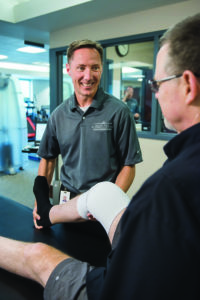 Anterior cruciate ligament (ACL) injuries are becoming more and more common in sports. There are numerous reasons why an ACL injury occurs and unfortunately, not all of these are very well understood. A recent study indicates that 3 out of every 4 ACL injuries are non-contact in nature. While this is true of both males and females, females are 2 to 8 times more likely to experience an ACL injury during sport.
Anterior cruciate ligament (ACL) injuries are becoming more and more common in sports. There are numerous reasons why an ACL injury occurs and unfortunately, not all of these are very well understood. A recent study indicates that 3 out of every 4 ACL injuries are non-contact in nature. While this is true of both males and females, females are 2 to 8 times more likely to experience an ACL injury during sport.
